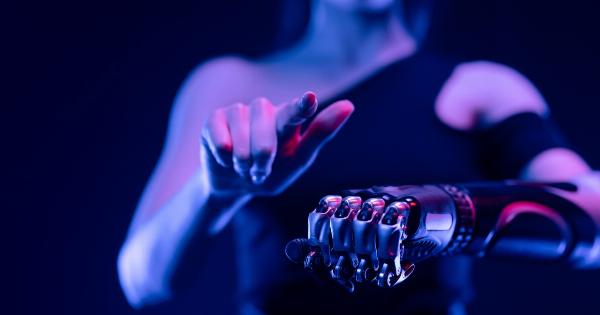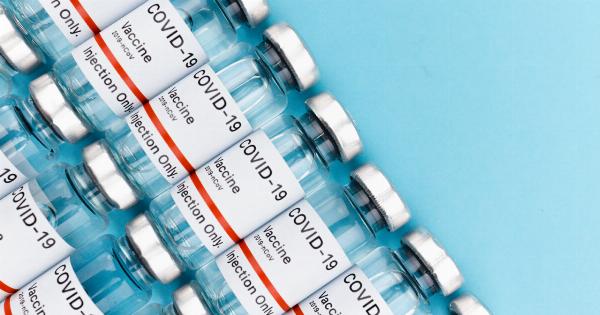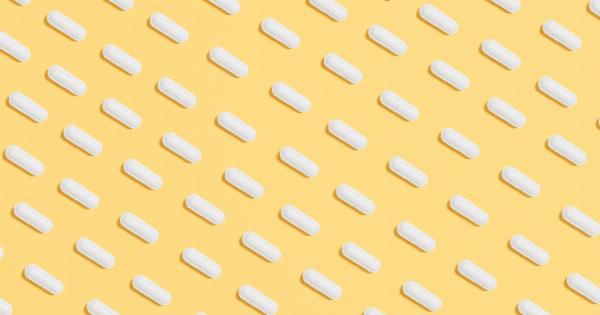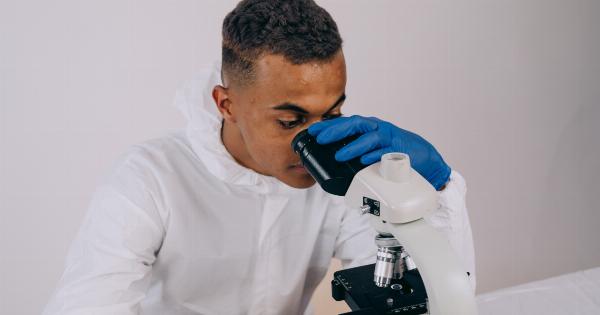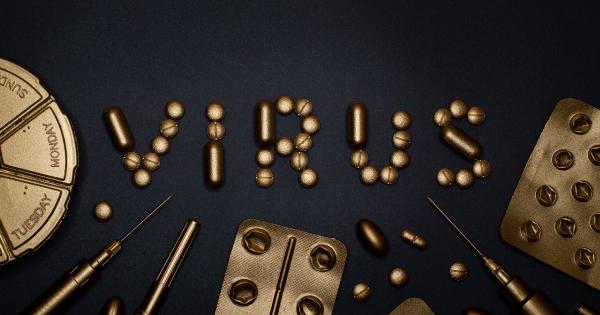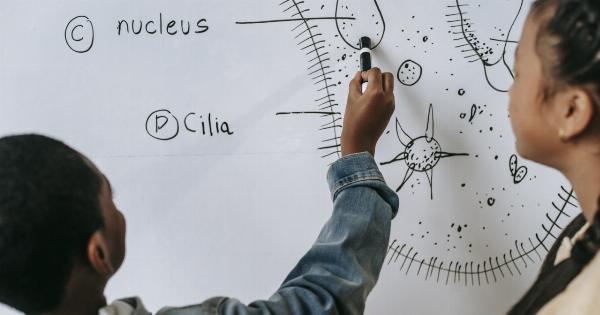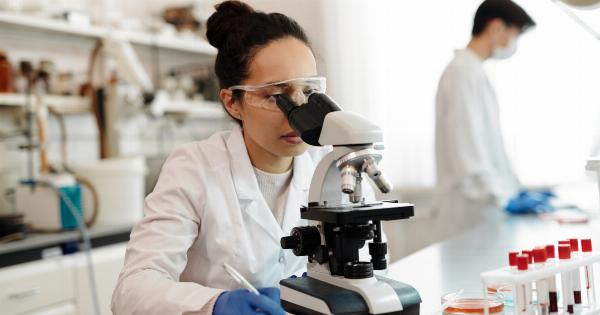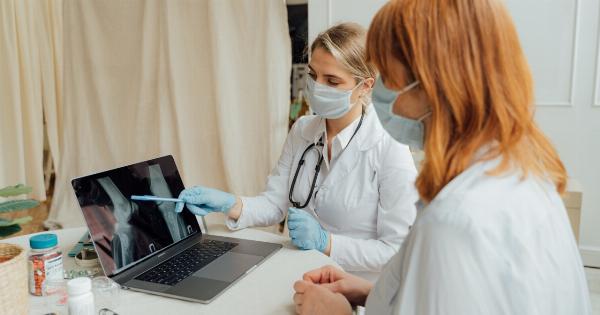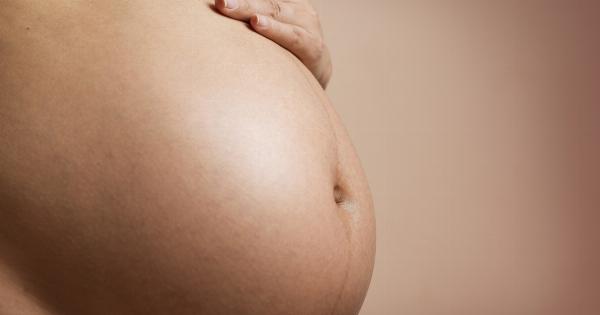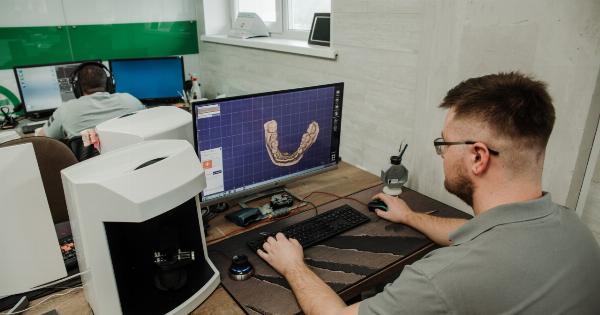Every year, approximately 15 million babies are born preterm, and this number is still growing. Preterm birth is a leading cause of neonatal mortality and morbidity, and surviving preterm babies are at high risk of long-term health problems.
However, recent developments in medical science offer new hope for premature infants – the revolutionary artificial matrix.
What is the Artificial Matrix?
The artificial matrix is a medical device designed to mimic the structure and function of the natural matrix in which cells grow and form tissues.
It is made of biocompatible materials such as collagen, hyaluronan, and synthetic polymers, and can be customized to fit the specific needs of different tissues and organs. The artificial matrix can be used to support and guide the growth of different cell types, including stem cells, and help them differentiate into functional tissues.
How can the Artificial Matrix help Premature Infants?
One of the most promising applications of the artificial matrix is in the treatment of premature infants who suffer from respiratory distress syndrome (RDS).
RDS is a common and life-threatening condition that affects up to 50% of infants born before 34 weeks of gestation. It occurs when the immature lungs of preterm babies are unable to produce enough surfactant – a substance that helps the air sacs in the lungs to expand and contract properly.
Current treatments for RDS involve administering exogenous surfactant through a breathing tube, which can be effective but also carries risks such as infection, pneumothorax, and bronchopulmonary dysplasia.
Moreover, the treatment is not always available in low-resource settings, where the majority of preterm births occur.
The artificial matrix can offer a safer, more effective, and more widely accessible solution for RDS.
By mimicking the natural matrix of the lung tissue, the artificial matrix can support the growth and differentiation of surfactant-producing cells, and promote the repair and regeneration of damaged lung tissue. The artificial matrix can be designed to release surfactant or other therapeutic molecules in a controlled manner, and can be implanted directly into the lungs of premature infants through minimally invasive techniques.
Once implanted, the artificial matrix can integrate with the surrounding tissue and promote functional recovery.
Evidence of the Artificial Matrix in Action
The potential of the artificial matrix for treating RDS and other neonatal conditions is supported by a growing body of research.
Several preclinical studies have demonstrated the safety and efficacy of the artificial matrix in animal models of preterm birth and lung injury.
For example, a study published in the journal Biomaterials Science in 2020 showed that an artificial matrix made of hyaluronan and collagen could enhance the survival and differentiation of surfactant-producing cells in a 3D culture of lung tissue, and improve lung function in a mouse model of RDS.
Another study published in the journal Frontiers in Bioengineering and Biotechnology in 2021 reported that an artificial matrix made of polycaprolactone fibers and gelatin could promote the attachment and proliferation of lung cells in a piglet model of RDS, and prevent further lung injury.
Moreover, there are ongoing clinical trials investigating the use of the artificial matrix for RDS and other neonatal indications.
For example, a trial at the Children’s Hospital of Philadelphia is testing the safety and efficacy of an artificial matrix made of silicone and polyurethane in babies with severe RDS who require mechanical ventilation. The trial aims to recruit 20 infants, and the primary outcome measures include improvement in oxygenation and ventilation, reduction in mechanical ventilation time, and absence of adverse events related to the device.
The Future of the Artificial Matrix for Premature Infants
The artificial matrix holds great promise for improving the outcomes of premature infants with respiratory distress syndrome and other neonatal conditions.
Its unique ability to mimic the natural matrix and guide tissue growth and repair could revolutionize the field of neonatal care and offer new hope for the millions of babies born preterm each year.
As more evidence accumulates and more clinical trials are conducted, we can expect to see the artificial matrix becoming a standard of care for RDS and other neonatal indications, and perhaps even extending to other fields such as regenerative medicine, tissue engineering, and organ transplantation.
Conclusion
The revolutionary artificial matrix offers a lifesaving solution for premature infants suffering from respiratory distress syndrome and other neonatal conditions.
Its ability to mimic the natural matrix and promote tissue growth and repair could transform the field of neonatal care and improve the outcomes of countless babies around the world. As the evidence accumulates and the technology advances, we can look forward to a future in which the artificial matrix becomes a standard of care for premature infants, and a beacon of hope for their families.

